When, How (And Why) to Prune an Apple Tree
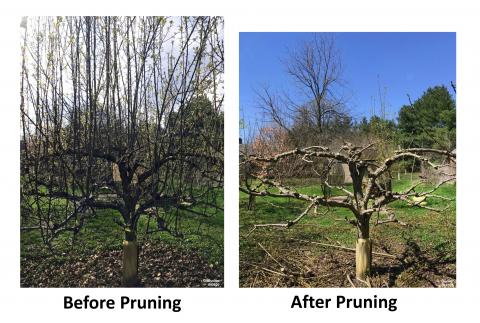
In this article we explain everything you need to know when it comes to pruning an apple tree, either for maintenance or to maximize apple production.
If there is something that fills us with joy, it is having a good apple tree in the home garden that offers a delicious production every year.
To ensure that this objective is always achieved, it is essential to apply the recommended care, where pruning is one of the main ones.
Do you think that by cutting branches you are hurting it and that makes you afraid? Stay calm because although it may not seem like it, this is an action of love. And so that you are sure that you will execute it as it should be, here we will give you all the information.

Why prune apple trees?
The pruning of apple trees has a main function of balance, because being a plant organism it grows daily. So, if pruning is not applied, what can be achieved is that the crown becomes messy and its weight increases a lot, putting the fruits at risk.

On the other hand, pruning is a frequent action in fruit trees and flowering plants because it motivates the renewal of all parts of the plant. This helps to make the productions more abundant, as well as of better quality.
Is it really necessary to prune an apple tree?
Although pruning can often be a good idea, apple trees are relatively slow-growing and should n’t need much pruning in most cases.
However, it is important to note that it is good practice (with an ornamental apple tree) to remove any dead, damaged, or diseased material as part of general care and maintenance.
If you intend to grow an apple tree for its fruit, pruning considerations are somewhat different.
And even when the fruit sets successfully, you will have to pick them before the first frosts and cure them before using them.
Curing is essential if you want the olives to taste the same as those you can buy in stores.
So, in summary, you may want to prune apple trees:
- For simple maintenance.
- To encourage fruiting and promote the production of new fruits.
- To keep the size and shape of the tree in check.
- However, while apple trees may respond well to pruning, it’s important not to overdo it.
If pruning is excessive, the tree can produce numerous water shoots (which do not bear fruit).
This is not ideal when it comes to producing fruit, of course.
It can also negatively affect the overall appearance of your apple trees.
Apple trees generally need to be pruned lightly to retain a more natural look.
When is it better to carry out pruning of apple trees?
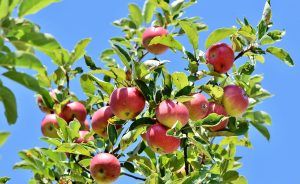 Pruning apple trees must be carried out during winter days because the loss of leaves makes it much easier to see the structure.
Pruning apple trees must be carried out during winter days because the loss of leaves makes it much easier to see the structure.
In addition, winter lethargy prevents much sap from being lost due to wounds, which is decisive for the health of the specimen.
The exact days that will define the pruning will be given to you by the tree itself. You will have to observe it and when you see that the yolks swell it will be the appropriate moment.
What tools should we use when pruning apple trees?
The pruning of the apple tree will have to be done with the help of gardening scissors that are strong to apply the cuts. These must be disinfected and sharp enough for the cuts to be clean.
Although the apple tree usually recovers well, we must not lose sight of the fact that it is a task that causes some impact, so it is better to help them heal with healing paste.
As mechanisms for your personal protection, use gardening gloves and glasses.
What considerations should we take into account when pruning apple trees?
The pruning of apple trees could be considered one of the most special in the world of fruit trees because you have to think carefully about what you are going to do. Therefore, you have to take the time to study in depth the structure of the branches to ensure which ones are really necessary to cut.
If you are a beginner, it is recommended that the pruning be applied progressively to verify the behavior of the tree after each one. You will also have to define the type of pruning you will do as there are three types: training, maintenance and renewal.
How to prune apple trees without damaging the tree?
You have to execute the pruning of apple trees according to the characteristics of the tree and its age. The first type of pruning is the formation that is carried out during the first 4 years of life and that is what allows it to give it the structure that it will have in the future.
In the case of renewal pruning, it is applied to older trees that have dramatically reduced their production. It is a drastic pruning that you must apply very carefully because it could cause the death of the tree.
This result will occur if you are not in optimal health conditions because it will cost you to recover. Maintenance pruning is what you will do annually to help keep the tree in optimal condition. The steps you must follow are:
- Cut all the branches that have any damage to their structure in the first instance because they will not serve for productive purposes and this action will help you clear the internal visualization of the crown even more. This includes those that are weak, brittle and dry.
- Identify and prune branches that are growing out of position, either colliding with other branches or facing inward into the canopy.
- Cut the branches that have buds oriented to the outside of the cup and that have a wooden texture. The idea is not to eliminate them completely but to reduce their size to some extent to encourage them to renew their structure and become more vigorous to produce fruits.
- Seal the wounds with healing paste, especially those that are thicker and therefore take longer to recover.
With these steps, the pruning of your apple trees will be completed and you will have the opportunity to enjoy an excellent harvest in the next period. Always remember to pay as soon as it is the right time to help you further throughout this recovery process.
Apple tree pruning step by step
Step 1. Cleaning and thinning of the tree
First, do what we call a «cleanup» or thinning of the tree. Remove all suckers around the base of the trunk and any shoots that have sprouted from the main arms blocking the center of the canopy. clean them.
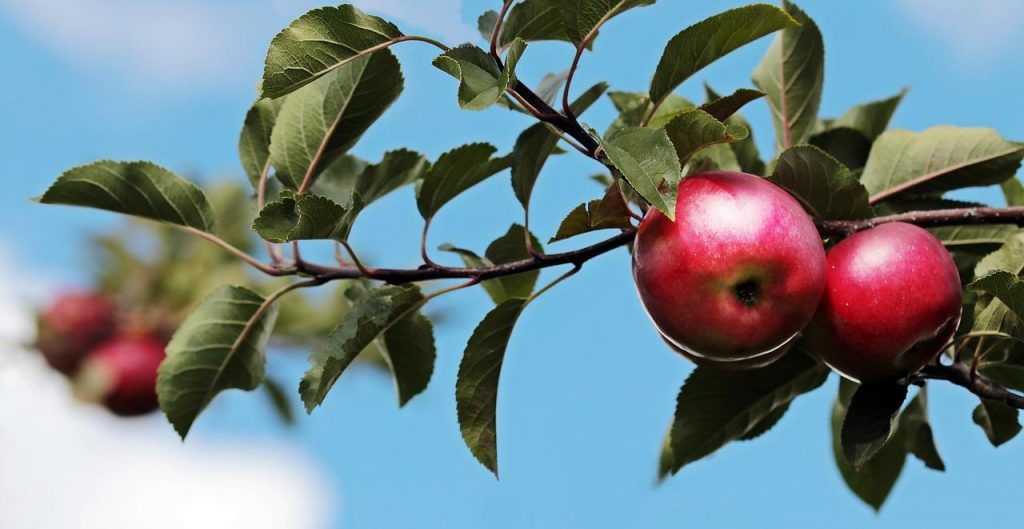
Step 2. Distinguish the main arms
Now the difficult part begins, in which more skill and judgment is required.
Your goal is to leave a single shoot up and out at the top of each of the main arms. That is, three or four in the most slender trees. It removes more even on those trees that are most neglected and that you are trying to bring into shape. All other verticals must be removed. The problem is distinguishing the verticals.
Judgment and experience are required.
Step 3. Remove weakened or dead branches
Once the uprights have been removed, which will be mostly around the top of the tree, you need to thin out any overhanging branches that have weakened.
These will be toward the interior of the tree and are often best approached from the interior of the tree skirt. The growth of this fruitful wood is the reflection of upward growth. While upward growth zigzags from outside to top, fruiting wood zigzags downward.
If you cut the last zig or zag, you will allow the new side shoots from above to replace the depleted wood. Again, the criterion plays an important role. The dead wood inside is obviously pruned. Vigorous laterals on the outside will produce abundant fruit. In between you have to decide which ones should be eliminated for being weak and which ones deserve to be left for another season.
Step 4. Observe how the tree has turned out and its density
Lastly, stand back from the pruned tree and look at it as a whole to judge the overall density. The ideal tree should consist of three or four main arms emerging from a trunk about 80 to 120 cm above the ground.
From these main branches come the lateral branches that support the harvest. At the bottom of the tree, the laterals are old. They were produced by the young tree. They have grown from the arms in a series of zigzags, each year cutting off the weakest, lowest overhanging branches.
They form the base of the cone (hence the name polyconic) around each arm and combine to form a skirt around the entire tree. If the laterals are long and skinny, they are chasing the light, indicating that you haven’t cleared the center enough for light to penetrate inside, or that the overall foliage density is too great. More severe pruning is needed to open up the tree.
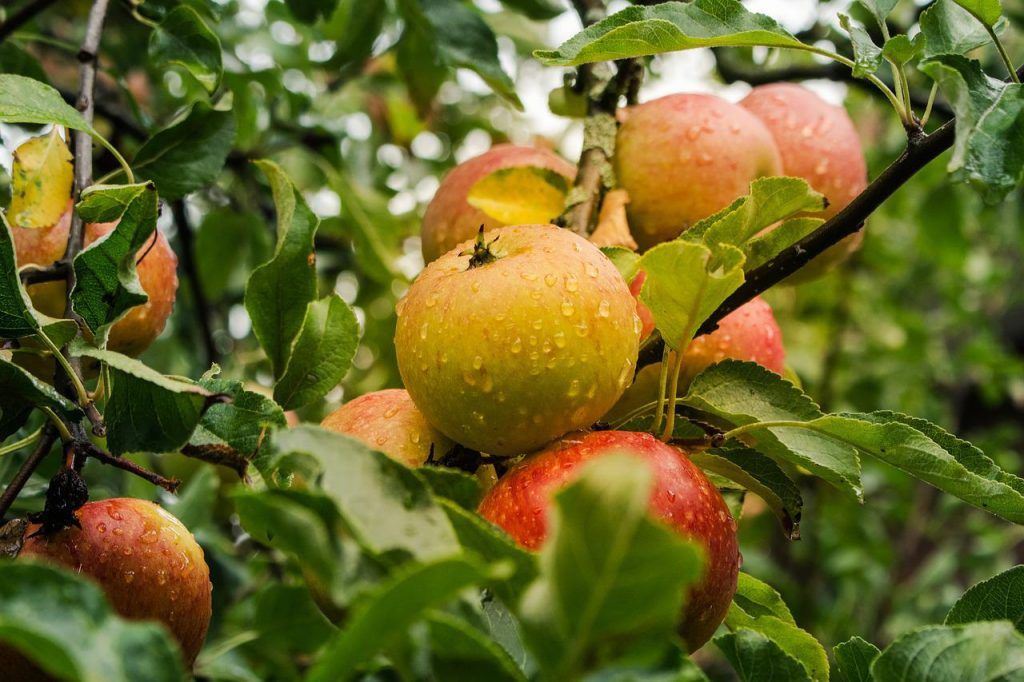
As you go up each main structural arm, the younger laterals are shorter. They are unlikely to shade each other in this early phase, but density is still important as they collectively shade the growth below. It is important to keep the upper parts of the tree open to allow the lower parts to remain productive, as they are much easier to pick.
How do we know when we’re done?
Science says you have to prune the apple tree until it is open enough for a bird to fly through it. Hiding in the apple tree and watching the birds is not a very practical means of judging the general density of the foliage.
Recent research indicates that you should prune until you have a leaf area index of three or four.
The leaf area index is the ratio of the area of the tree’s leaves to the area of the ground covered by the tree. Counting the leaves would take even more time than studying the flight paths of birds.
Neither indicator provides an easy rule of thumb for the inexperienced pruner. My advice is to look at other trees in your district and be sensitive to the symptoms of lack of pruning. It is highly unlikely that you will dare to over-prune, so under-pruning is the usual beginner’s fault.
maintenance pruning
Normally, if an apple tree is growing in the ground, light maintenance pruning is all that is needed.
It is enough to remove the branches that are damaged by rubbing against each other, and those that have been damaged during the winter months in late spring or early summer.
At the same time, you can also prune some branches in the center of the canopy to let more light into the new shoots, and remove a side branch or two to maintain a nice shape.
But don’t overdo it: less is more when it comes to the maintenance pruning of an apple tree that is grown for ornamental purposes and not for its fruit.
Prune for apples
When pruning an apple tree for apples, one of the most important things to remember is that olives only fruit on the tips of the previous year’s growth.
Pruning too zealously can prevent fruit set.
However, not pruning at all can lead, over time, to a tree with too much old wood, which can also restrict new growth and prevent light from reaching and ripening the fruit that forms on last year’s branches.
Therefore, it is a good idea to prune sections of old wood each year to allow some newer or fruitful growth to form.
It is also recommended to reduce the fruits that form to no more than 3-4 per 30 cm of branch.
This should help ensure that the olives mature successfully and do not fall off the tree prematurely before harvest time.
Pruning to control apple tree size
Pruning to restrict size is not usually a concern when these slow-growing trees are grown in the ground.
But when grown in containers, some additional pruning may be necessary so they don’t outgrow their pot.
In addition to general maintenance pruning in late spring or early summer, a container-grown apple tree may need additional summer pruning to restrict its size.
If you are not worried about fruit production, you can reduce the size of your tree crown by up to 1/3 to keep its size under control.
When container apple trees grow to 1.5 m tall, it is also often a good idea to prune to preserve or create a pleasing shape.
Choose some of the strongest and best placed branches and keep them, but get rid of other shoots.
Also keep in mind that you can take the pruned branches in the summer and use them as semi-ripe cuttings to propagate new apple trees from the mother plant.
What do we do with the young trees?
Most farmers buy one or two year old trees to establish their grove. They are about a meter tall, sold in a small pot and cost about 5 euros each.
These trees will have to be shaped. It is possible to buy larger trees. A few more years of growth can be expensive. The price approximately doubles for each additional year and with each transplant. These older trees are shaped.
Young tree pruning follows two contradictory principles that must be balanced. The first is to give the tree the shape that, barring damage from extreme cold, will be its structure for life.
The other is to allow the young tree to grow and accumulate energy reserves. An old tree can be cut down and felled with impunity and will recover with enormous vigor thanks to the energy reserves of the roots and trunk.
The young tree will not. Trying to get the perfect shape through excessive pruning will weaken the young tree and stunt its growth for several years. Getting the balance right is part of the realm of art and talent that distinguishes the good pruner from the poor.
Bibliography and references
-
[BOOK] The cultivation of the apple tree, M Coque Fuertes, MB DIAZ HERNANDEZ … – 2012 – books.google.com
-
[BOOK] The pruning of fruit trees, H Haas – 2017 – books.google.com
-
Pruning and Guiding Apple and Pear Trees, RL Stebbins – 1977 – ir.library.oregonstate.edu
-
[PDF] Free pruning (long) and limited expansion pruning (short) in Fruit Growing, FJ Riera Sensat – Annals of the School of Agricultural Experts and …, 1941 – upcommons.upc.edu
-
Apple tree cultivation guide, E Granges, M Barahona – 1985 – repository.iniap.gob.ec
-
[PDF] Economic evaluation and trends of training systems in manzano, S Alegre, R Montserrat, I Iglesias – mapa.gob.es
-
The Pruning, R.A. McNeilan – 2001 – ir.library.oregonstate.edu
-
[BOOK] Manual for the cultivation of fruit trees in the tropics.Manzano y Peral, F Casierra – 2012 – books.google.com
Advertisements

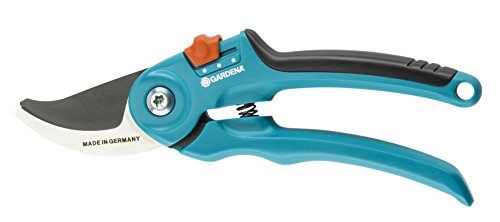





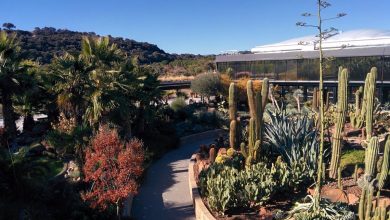

![Photo of Ammonium Sulfate: [Concept, Operation and Application]](https://www.complete-gardening.com/wp-content/uploads/2022/08/ammonium-sulfate-concept-operation-and-application-390x220.jpg)
![Photo of Orchid Care: [Soil, Humidity, Pruning and Problems]](https://www.complete-gardening.com/wp-content/uploads/2022/08/orchid-care-soil-humidity-pruning-and-problems-390x220.png)